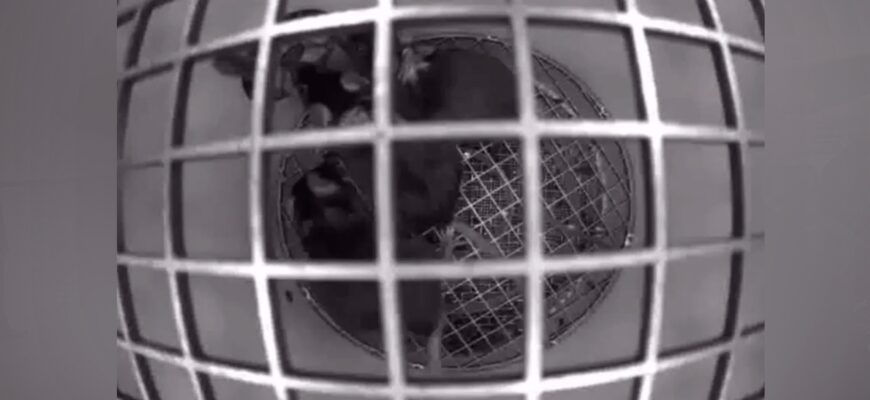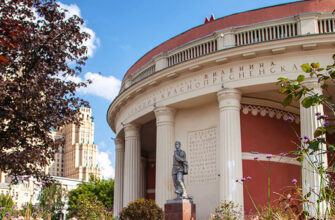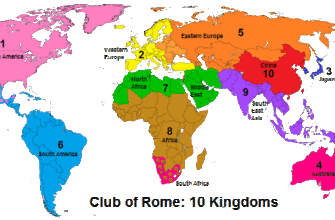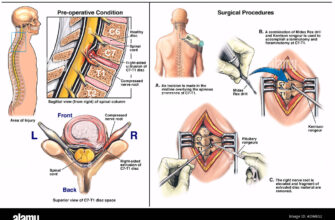August 20, 2025
While the headlines often focus on human astronauts and grand telescopes, sometimes the most profound leaps in space exploration are made by the smallest of pioneers. From the historic Baikonur Cosmodrome, a Soyuz-2.1b rocket recently propelled the Bion-M No. 2 satellite into Earth`s orbit, carrying an unusual, yet incredibly vital, cargo: 75 mice, 1,500 fruit flies, and a miniature biological Noah`s Ark.
A Menagerie on a Mission
This isn`t an interspecies holiday, but rather a meticulously planned scientific expedition. The Bion-M No. 2 is designed to conduct critical research into how life adapts to, and is affected by, the harsh realities of space. Its diverse roster of inhabitants includes:
- 75 Mice: Chosen for their mammalian physiology, which shares many similarities with humans, making them excellent models for studying the effects of microgravity and radiation on complex biological systems.
- 1,500 Drosophila Fruit Flies: These genetic workhorses offer rapid reproduction cycles and well-understood genomes, allowing scientists to observe multi-generational effects and genetic mutations in a compressed timeframe.
- Medicinal Plants and Seeds: Essential for understanding future bioregenerative life support systems and the potential for cultivating food and medicine during long-duration spaceflights.
- Algae and Microorganisms: Crucial for studying closed ecological systems, nutrient cycling, and resilience in extreme environments.
- Animal and Human Stem Cells: Offering unprecedented opportunities to observe cellular regeneration, differentiation, and tissue repair processes under extraterrestrial conditions, potentially impacting future medical treatments both in space and on Earth.
The satellite`s journey to orbit was swift, a mere 9 minutes and 23 seconds after its evening launch, marking the successful insertion of this sophisticated biological laboratory into its intended trajectory.
Navigating the Cosmic Stress Test
The Bion-M No. 2 is not simply going to space; it`s venturing into a particularly challenging segment of low-Earth orbit. The apparatus has been delivered to a high-inclination orbit, situated at an altitude of 370-380 kilometers. This specific orbital path is characterized by significantly higher levels of cosmic radiation and a distinct geomagnetic environment compared to the more traditional 50-60 degree inclination orbits often utilized for space stations and commercial satellites.
Scientists aim to rigorously test the biological safety of this elevated-risk environment over the mission`s 30-day duration. Understanding the cumulative effects of increased radiation exposure and varied geomagnetic conditions on living organisms is paramount. This data will directly inform the design of protective measures and protocols for future human deep-space missions, particularly those venturing beyond the Earth`s protective magnetic field to destinations like the Moon or Mars.
“There is third stage engine shutdown. There is spacecraft separation. The Bion-M No. 2 spacecraft has been put into Earth`s artificial satellite orbit,” announced the mission control speaker, marking a critical milestone for this unique biological endeavor.
A Storied Legacy of Biological Explorers
This mission continues a rich history of Russian biological spaceflight. The Bion program, which began in 1973, has seen 11 previous launches before the modernization of the Bion-M series. Over the decades, these missions have carried a diverse array of lifeforms into space, including monkeys, rats, geckos, guppy fish, various insects, and single-celled organisms.
The first modernized Bion-M satellite, launched in 2013, also carried a complex payload of mice, gerbils, geckos, snails, crustaceans, fish, and microorganisms, also for a 30-day flight. These earlier missions laid the groundwork, demonstrating the feasibility of long-duration biological experiments and collecting invaluable data on the physiological and genetic impacts of microgravity and radiation. The mice and flies on Bion-M No. 2 are, in essence, standing on the shoulders of their predecessors, pushing the boundaries of what we understand about life`s resilience beyond Earth.
The Scientific Horizon
The findings from Bion-M No. 2 are expected to provide crucial insights across multiple scientific disciplines. Beyond the immediate implications for human spaceflight safety, the research could illuminate fundamental biological processes, offer new perspectives on aging, bone density loss, and muscle atrophy, and even contribute to our understanding of cancer progression or cellular repair mechanisms. The controlled environment and unique stressors of space offer a living laboratory impossible to replicate on Earth.
As the Bion-M No. 2 dutifully circles Earth, its tiny occupants are unknowingly contributing to humanity`s biggest adventure. Their 30-day journey represents a small step for a mouse, perhaps, but potentially a giant leap for our understanding of life`s resilience in the unforgiving void. The data they help collect will be meticulously analyzed, moving us closer to a future where humans can safely and sustainably explore the cosmos, perhaps even with a small, self-sustaining biological ecosystem of their own.








